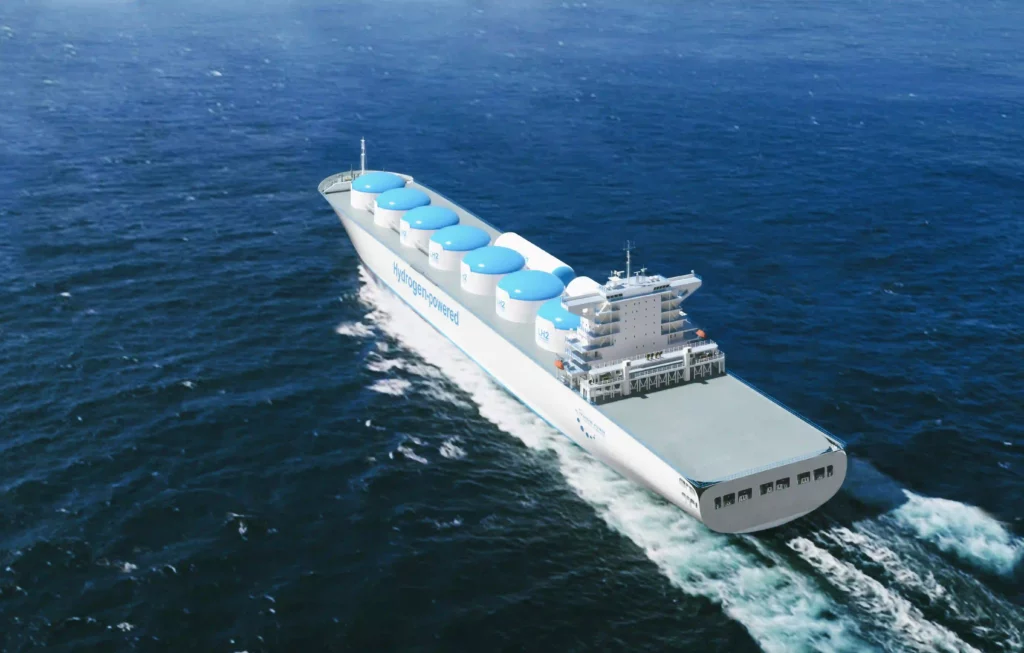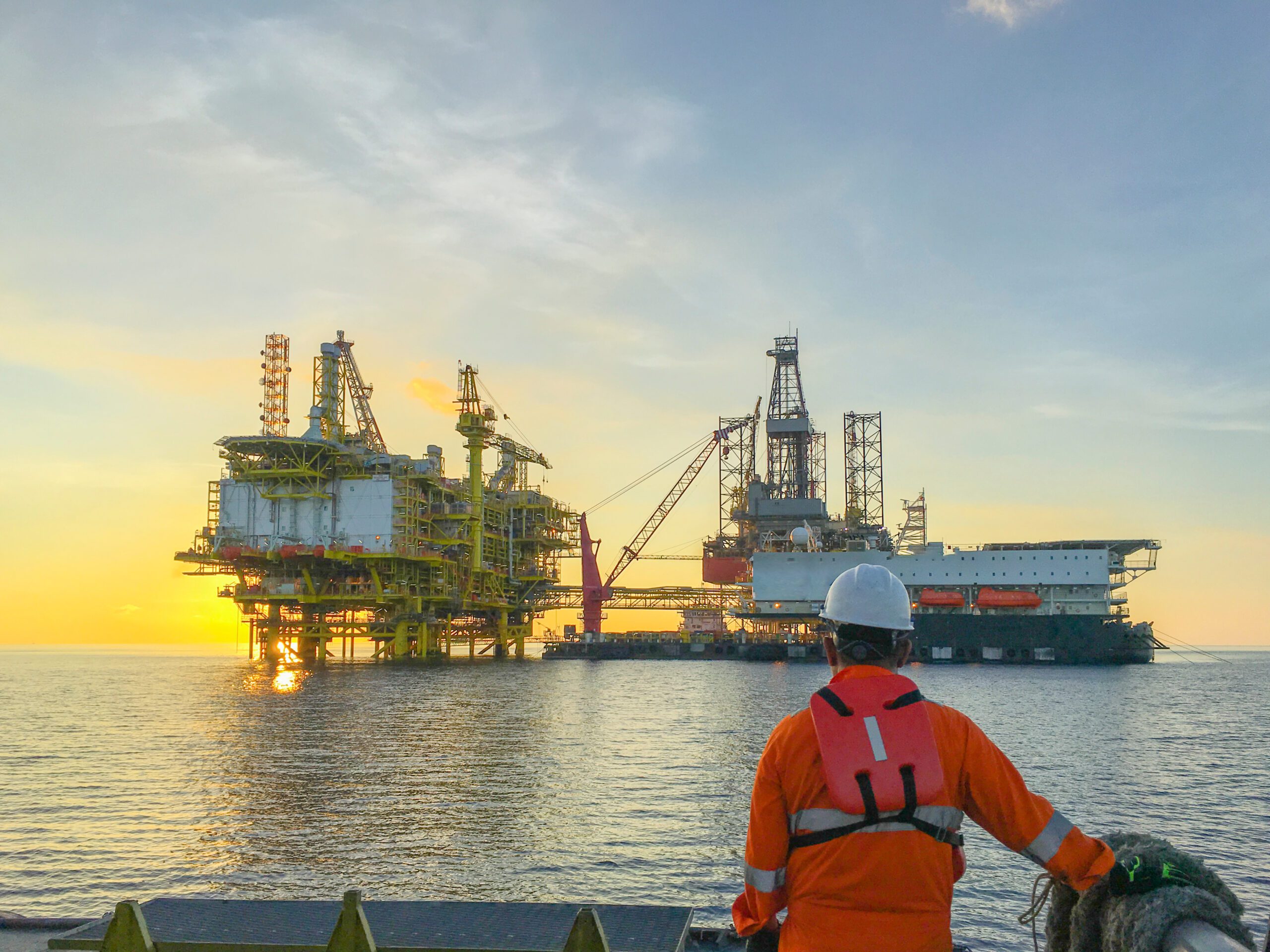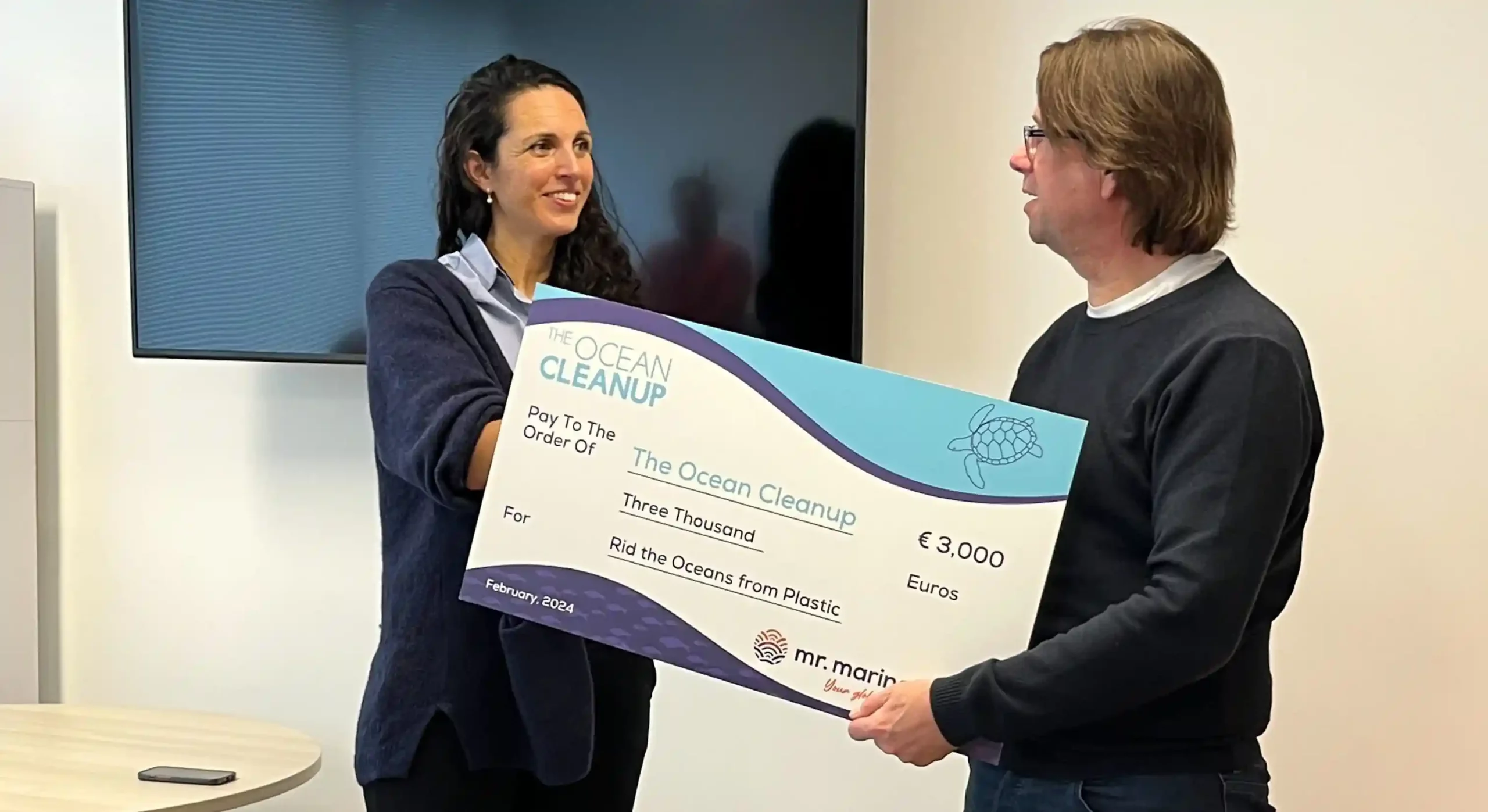With the imminent threat of climate change looming over our ecosphere, growing larger and larger as time passes, human civilization has found itself at a tipping point where it must quickly take measures to remedy the situation and avoid potential negative consequences. Among these measures, most of the ones that would have a significant positive impact are related to the burning of fossil fuels for energy, industrial and transportation purposes.
The consensus among climate scientists is that a reduction in the output of Greenhouse Gases (GHG) in the atmosphere would bring about a mitigation of the adverse effects that we might face if no actions are taken.
Most statistics place sea shipping as responsible for approximately 3% of global emissions – which is roughly the same as flying. The number might not seem like a lot, but it represents over 700 million metric tons of CO2 (Carbon Dioxide) per year. As such, maritime authorities and organizations worldwide are slowly implementing requirements for green shipping solutions that will ultimately lead to the use of renewable energy sources to power up vessels.
Nevertheless, “green shipping” does not refer solely to decarbonization; it includes all of the sustainable practices, technologies and strategies that could prove beneficial for minimizing the environmental impact of shipping.
Besides reducing the emissions of greenhouse gases, the impact of shipping on global waters and the ecosystems they hold also needs to be taken into consideration.
Steps towards a more sustainable future
The International Maritime Organization (IMO) has joined the global efforts to combat climate change and reduce GHG emissions from ships. It aligns with the UN Sustainable Development Goal 13 and the Paris Agreement’s objectives.
Since 2011, IMO has implemented various measures to enhance ships’ energy efficiency and reduce emissions. In 2023, a revised strategy was adopted, aiming for net-zero GHG emissions from international shipping by 2050. This strategy includes targets for alternative fuels adoption and carbon intensity reduction.
The next steps involve the approval and adoption of mid-term measures by 2025, with entry into force expected by 2027. Additionally, IMO supports developing countries in implementing these measures. Future initiatives focus on exploring alternative fuels, addressing safety concerns, and fostering global cooperation.
How can Green Shipping be achieved
- Eco-friendly Vessel Design
One of the aspects that could be improved to contribute to sustainable shipping practices is the design of vessels. Shipbuilders are using advanced materials and streamlined eco-friendly designs to enhance fuel efficiency and reduce emissions.
From hull optimization to the implementation of aerodynamic features, every aspect of vessel design is analyzed to minimize resistance and energy consumption.
- Sustainable Propulsion Systems
Traditional marine engines powered by fossil fuels are being gradually replaced by cleaner alternatives. Electric propulsion, utilizing batteries or fuel cells, is gaining traction as an emission-free solution for short-distance maritime operations.
Moreover, hybrid propulsion systems, combining conventional engines with renewable energy sources like solar or wind, offer a versatile and eco-conscious option for longer journeys.
- Fuels Based on Renewable Energy
The choice of fuel plays an important role in determining the environmental impact of maritime transportation. Green shipping promotes the adoption of renewable fuels such as liquefied natural gas (LNG), biofuels and hydrogen.
These alternatives produce fewer pollutants and greenhouse gas emissions compared to traditional marine fuels, contributing to cleaner air and healthier oceans.
- Optimized Operations for Energy Efficiency
Implementing energy-saving measures such as optimized voyage planning, slow steaming, and efficient cargo handling can significantly reduce fuel consumption and emissions during maritime operations. Advanced data analytics and digital technologies enable real-time monitoring and optimization of vessel performance.
- Exhaust Gas Cleaning Systems (Scrubbers)
Installing exhaust gas cleaning systems, or scrubbers, can mitigate the environmental impact of vessels operating on conventional fuels. Scrubbers remove sulfur oxides and particulate matter from exhaust gases, ensuring compliance with emissions regulations while minimizing air pollution.
- Waste Heat Recovery Systems
Waste heat recovery systems capture and utilize heat generated by vessel engines and systems for onboard heating, electricity generation or propulsion. Shipowners can improve energy efficiency and reduce fuel consumption by taking advantage of waste heat.
- Ballast Water Treatment Systems
Ballast water treatment systems prevent the spread of invasive species by treating ballast water before discharge. These systems utilize physical or chemical processes to remove or neutralize harmful organisms, protecting marine ecosystems and biodiversity.
- Emission Reporting and Monitoring
Implementing robust emission monitoring and reporting systems enables shipowners to track and analyze their environmental performance accurately. By transparently reporting emissions data, stakeholders can identify areas for improvement and demonstrate compliance with regulatory requirements.
Overcoming challenges on the horizon
While the transition to green shipping technology holds immense promise, it is not without its challenges. High initial investment costs, technological limitations, and regulatory hurdles pose barriers to widespread adoption. However, concerted efforts from industry stakeholders, policymakers, and innovators are driving progress towards overcoming these obstacles and accelerating the shift towards sustainability.
Disclaimer
The information provided is for general informational purposes only and should not be interpreted as professional advice. Readers are encouraged to conduct further research and consult with relevant experts before making any decisions or taking any actions based on the content of this article. While every effort has been made to ensure the accuracy and reliability of the information presented, no guarantee is made regarding its completeness, timeliness or suitability for any particular purpose. The author assumes no responsibility or liability for any errors or omissions in the content of this article.
Sources:
https://www.statista.com/topics/11288/shipping-emissions-worldwide/#topicOverview
https://www.transportenvironment.org/challenges/ships/greenhouse-gases/











